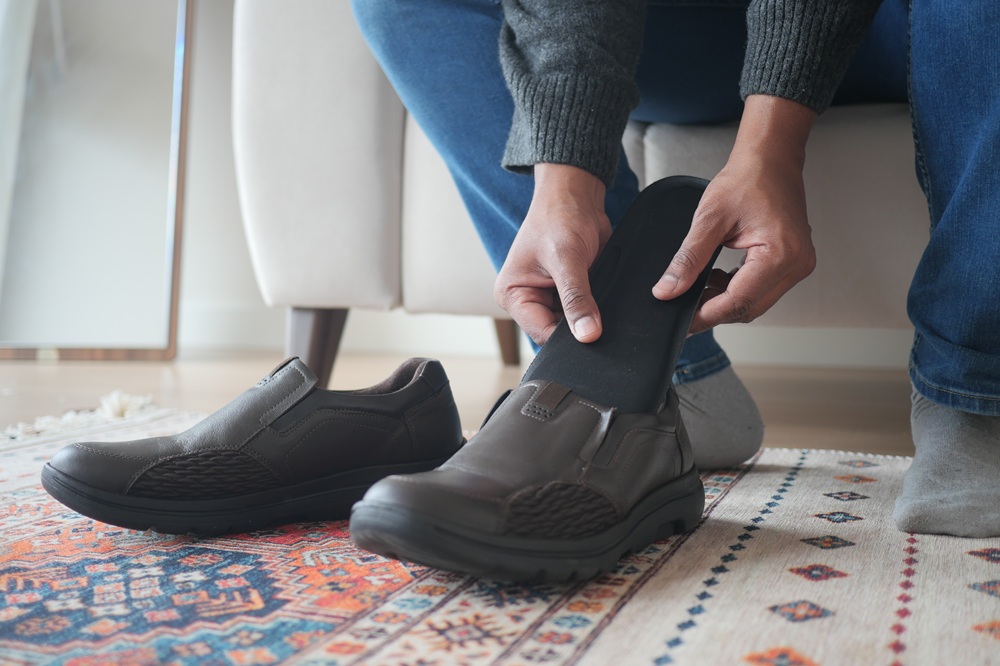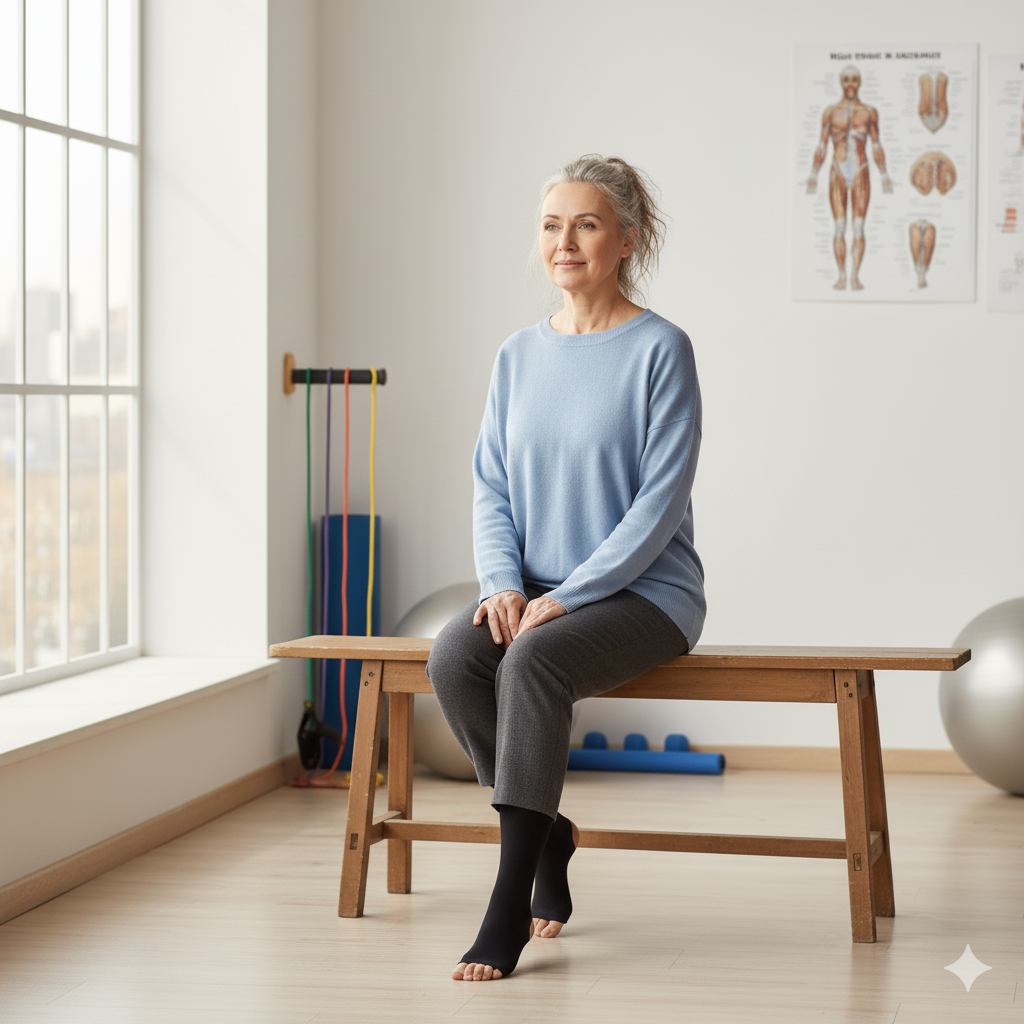
What is Japanese walking? Often called interval walking training, it is a structured, science-backed walking protocol developed in Japan that alternates three-minute segments of relaxed, low-intensity walking with three-minute segments of brisk, high-intensity walking, done over a 30 minute period. This approach leverages the benefits of interval training while remaining accessible and low-impact. It offers distinct advantages for physical and mental health compared to standard continuous walking. This method produces greater variability in heart rate and muscular demand than steady walking and is less intimidating than running or high-impact HIIT workouts.
Key Techniques: Posture, Breathing, Pace
To practice correctly:
- Posture: Keep the spine erect, shoulders relaxed, and focus straight ahead. Arms should swing naturally at the sides.
- Breathing: Match breath to stride, inhaling and exhaling through the nose or mouth as comfortable, emphasizing deep, rhythmic breaths especially during brisk intervals.
- Pace: Alternate three minutes of gentle pace (able to hold a conversation) with three minutes of brisk pace (noticeably challenging but sustainable).
Physical and Mental Health Benefits
Short-term advantages include improved cardiovascular health, lower blood pressure, increased thigh muscle strength, and higher aerobic capacity. Over the long-term, people see enhancements in metabolism, bone health, emotional wellbeing, sleep quality, and cognitive performance. Interval walking also keeps the activity engaging and reduces monotony, supporting better adherence and contributing to improvement in mental health.
Recommended Frequency and Duration
To make it effective, Japanese walking should be done around 3-4 days per week at intervals of 30 minutes per session. The goal is to complete five cycles of intervals per session. This gives the best opportunity to see significant results over three to five months. This schedule is both effective and gentle enough to maintain consistency.
Suitability and Modifications for Different Groups
Japanese walking is highly suitable for beginners, older adults, or those with chronic health conditions because it is low-impact and easily adaptable. Modifications can include:
- Reducing interval length or total session time for new or frail walkers.
- Adjusting the brisk interval to a “moderate” pace for those with mobility challenges or cardiovascular concerns.
- Using flat, stable walking surfaces to minimize fall risk.
- Japanese walking is well-suited for beginners, older adults, and people with chronic health conditions due to its low-impact and adaptable nature.
- Beginners or those with frailty can reduce the length of walking intervals or the total session time.
- The brisk walking interval can be adjusted to a moderate pace for individuals with mobility or cardiovascular limitations.
- Choosing flat and stable walking surfaces helps reduce the risk of falls.
- These modifications make Japanese walking accessible while maintaining its health benefits.
Common Precautions and Mistakes:
Frequent errors include:
- Skipping warm-ups or cool-downs, risking muscle strain.
- Pushing too hard on brisk intervals, especially in those with a sedentary background or heart issues.
- Not paying attention to pain signals or ignoring proper hydration.
- When starting out not prioritizing gradual progression
- Not using supportive footwear.
VERY IMPORTANT: Discussing any exercise routine with your doctor BEFORE starting.
Integrating Japanese Walking with Healthy Habits
Pairing Japanese walking with a balanced diet rich in whole grains, lean protein, and sufficient hydration optimizes results. Incorporating gentle stretching pre- and post-walk, along with strength training and mindfulness routines, produces comprehensive wellness benefits. Scheduling walks in the morning or evening can further enhance energy levels and sleep patterns.
Japanese walking offers a practical, low-barrier pathway to better health—rooted in accessible biomechanics and supported by robust research. Its interval structure confers measurable cardiovascular, muscular, and metabolic benefits, while its adaptability makes it a compelling choice for diverse populations seeking lifelong mobility and overall wellbeing.




